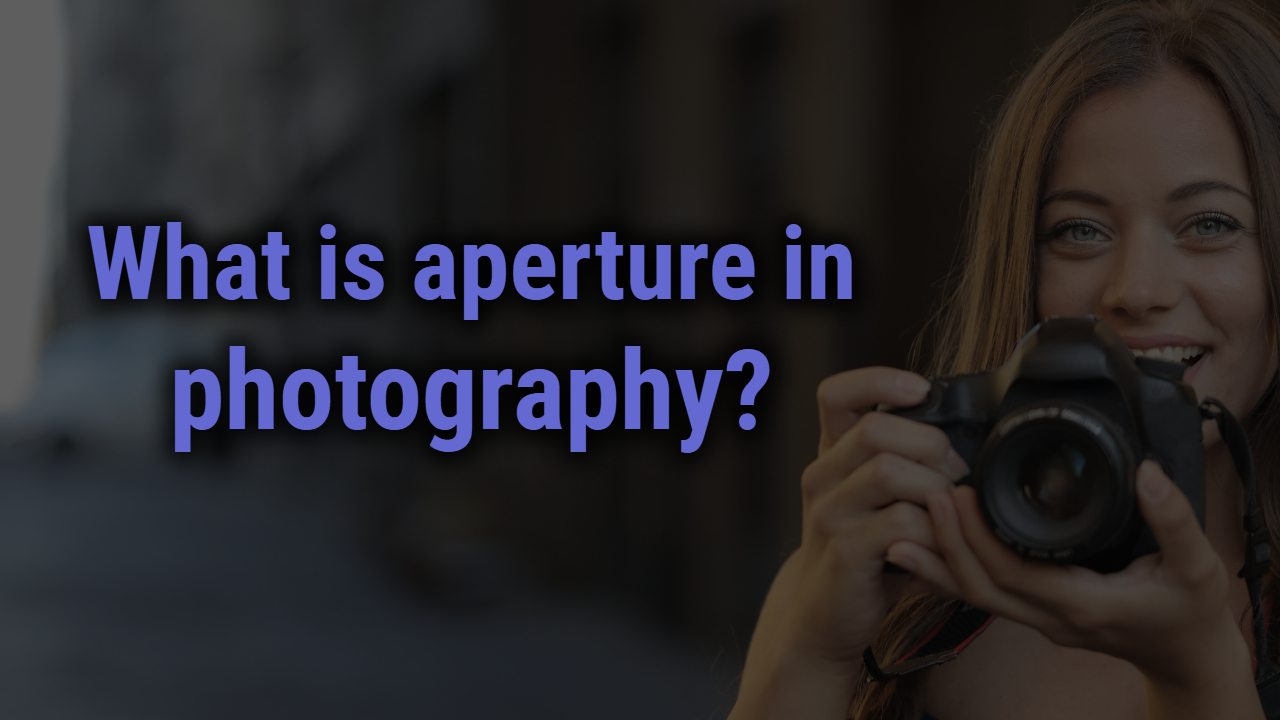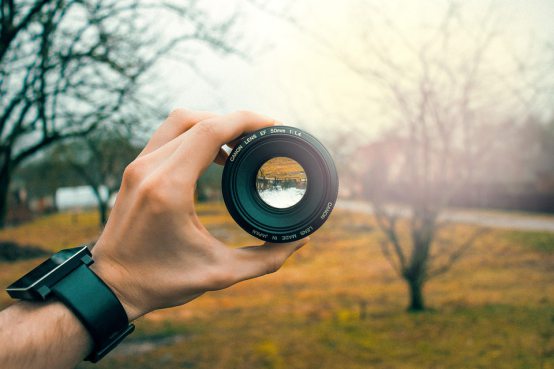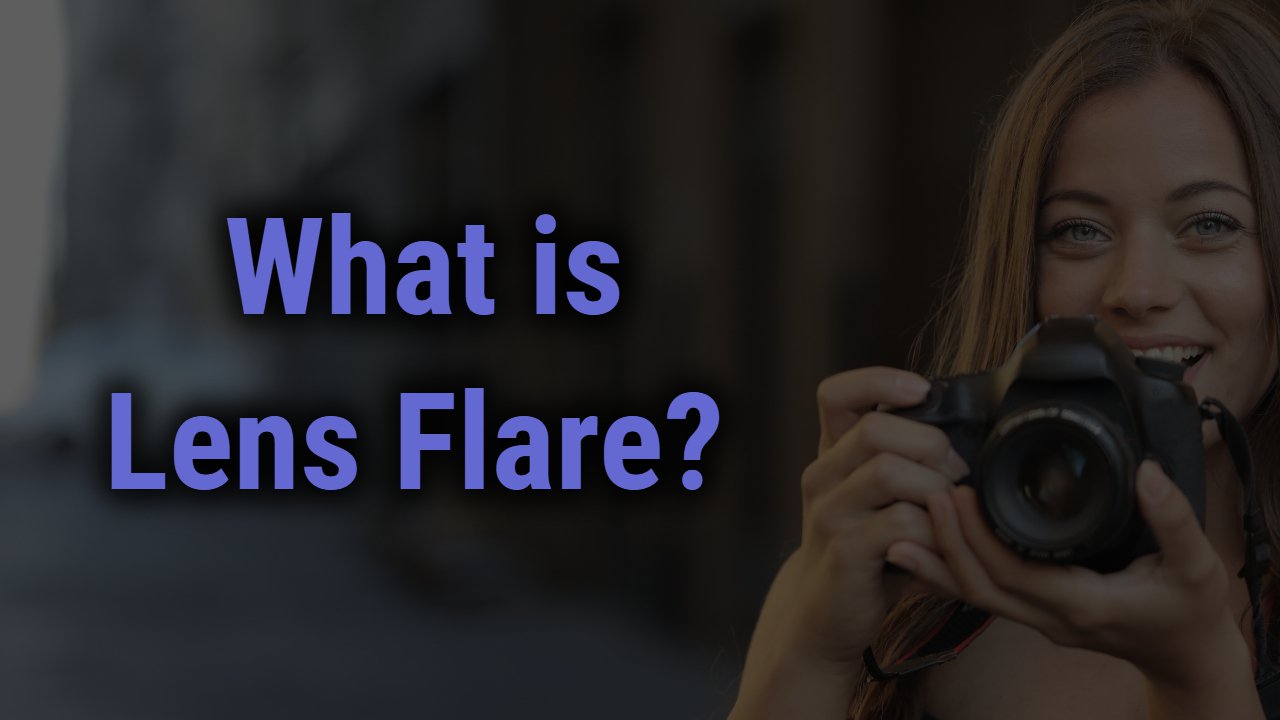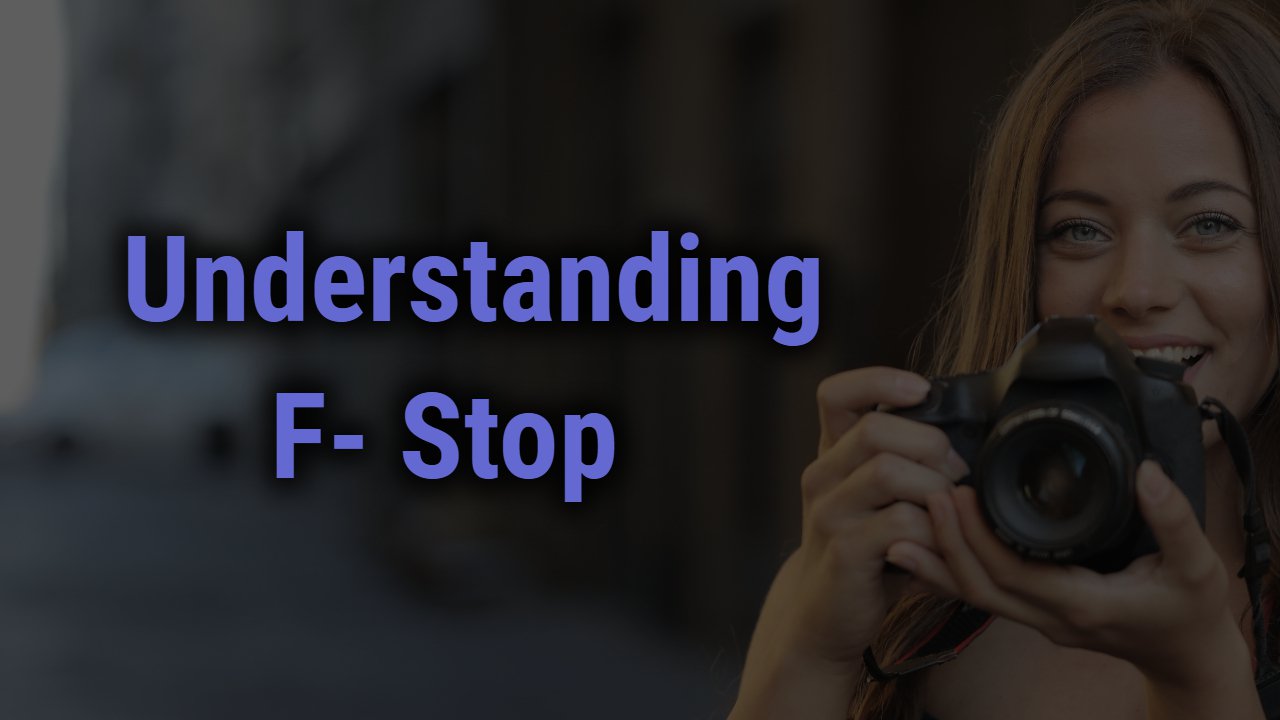When we are talking about cameras and photography, the word aperture refers to a specific opening that is present on the lens. It should be kept in mind that using this opening, the light passes into the lens.
This opening is generally calibrated according to the needs of a particular photograph. And the defined exposure could be controlled by adjusting the aperture opening. It is said that the larger the aperture, the more is the provided exposure.
Consequently, lower apertures give less exposure. However, you should know that it depends on the camera and the quality, and the camera determines what happens to the existing aperture and the exposure. You can try taking more and more pictures to make it clear and doubt-free that a particular aperture is good to use.
Coming up with an aperture that gives just the right amount of exposure to an image is hard, but with practice, it can get better. Controlling the aperture of a camera, you can easily adjust the level of exposure you want in an image for it to look the way you decide to portray it.
Less exposure could give rise to certain decided effects on the image, while more aperture gives the image a different look that initiates a completely different feeling.
Hence constantly changing the aperture according to what you need helps the person in recognizing the effects that are consequently being done to the resulting image so that it has a perfect amount of exposure from the right aperture being used.
This Post Contains
What is aperture?
In simple words, the aperture of a camera allows you to control the exposure that goes onto an image. Adjusting the aperture could help you in experimenting with many different exposures to an image that can be adjusted.
Important effects and many other aspects of photography and clicking a picture, in general, can be controlled by controlling the aperture of a camera. This is because it can define the depth of field that a photograph has.
The depth of field is referred to as the zone of blurriness that can exist in an image, and this lies in front of the lens and behind the subject on which the lens is being focused. As of now, depth of field refers to the background that a subject in a photograph has.
The background of the photograph would be really blurry if it could be shot by controlling the aperture as needed. This, in turn, allows you to control the depth of field given by the aperture.
The shutter speed is also impacted, and the aperture that someone who is using decides the shutter speed. A fast shutter speed usually means that more light is entering the lens. However, consequently, a slower shutter speed can be controlled by decreasing the amount of light entering.
What is an aperture in photography?
The aperture can be used to control many effects that go into deciding the way a picture is shot. The shutter speed and all other aspects of photography and filmmaking, in general, can be controlled by controlling the aperture speed. You can also adjust the level of focus that exists in a picture and the depth that exists.
These components decide the way the picture is portrayed to the audience. As an example- a lack of focus is used to make sure that the composition is proper. It should be considered that there are rules that guide you to select the right aperture in order to click excellent pictures.
Adjusting the aperture of a camera to control the exposure flexibly is an important skill that plays an important role in the final picture. Using an aperture to control the required depth of field that appears in a picture also needs precise adjustments that need to be experimented with before deciding on a certain adjustment.
Many issues regarding a camera’s aperture and the way the pictures are being shot could be resolved by ensuring a correct aperture. The amount of light entering the camera can be controlled by adjusting the aperture, and this sorts out most of the issues in a camera. The kind of picture being taken and the effects being wanted decide the amount of aperture being used.
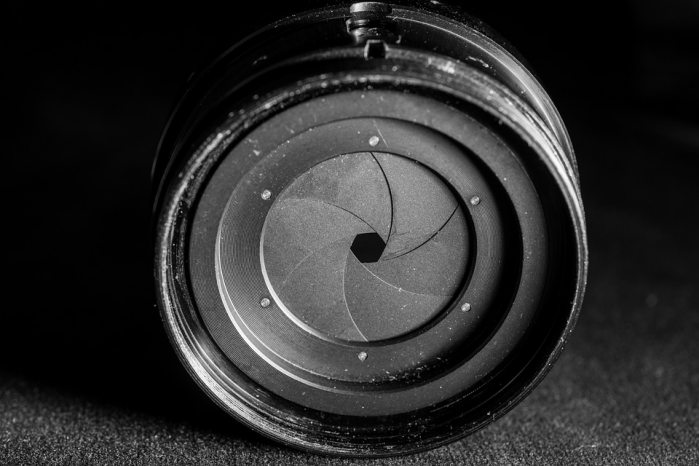
The modes used on a camera also decide the amount of aperture that needs to be used for an excellent picture. There are different rules implemented for a picture being shot in portrait mode.
However, if you are doing landscape photography, the aperture to be used while taking other things into consideration would most likely be different. The judgment of aperture that you can make from a few experiments is often not enough to jump to a practical conclusion, so you can try experimenting a considerable number of times to reach the desired outcome.
On top of that, you can make use of the selective focus feature and use it to better gauge the aperture for a shallow depth of field. By using a shallow depth of field, you can choose to include the subject as the main center of attention, and the rest of the background is usually blurred out.
It should also be considered that the details needed in a landscape photography picture would be drastically different from a picture that is being shot in portrait mode.
This is because while doing landscape photography, you tend to register the details a lot better; in a picture that is being shot in landscape photography, you need the details being shown even at the far end of the spectrum.
This is because details being present in landscape photography is an important aspect of landscape photography itself. Hence you would definitely want to achieve the maximum or highest depth of field that is available.
This can be done by choosing an aperture that is comparatively small. This is because a smaller aperture gives the maximum depth of field that can be harvested.
However, there are some cases where you wish not to use maximum depth of field, but they don’t want to go for no depth of field at all. Hence in such cases, you might need to opt for choosing to go with an intermediate depth of field. If we look deeper into that, you can even experiment with different apertures by working on the two extremes of setting up the aperture to a decided intensity of light.
To get the maximum and minimum of the existing field on either end of the spectrum of aperture range adjustments, an intermediate level of that field can be harvested by playing along with these adjustments and making sure that can use the functions to give rise to an intermediate that guarantees the level of depth that is being asked for.
With that, you can also make use of the magnifying function that lies in the LCD. It enables them to zoom in and check the depth that is being used in the picture, and you can then proceed to make adjustments and shoot as they like the picture to be shot.
Conclusion
Aperture is important when we talk about photography and clicking pictures that catch the viewer’s attention for a specified purpose. We can control the amount of light entering a camera by controlling the aperture of the camera. By increasing or decreasing the intensity of light entering, we could easily bestow certain specified effects on the picture being shot.
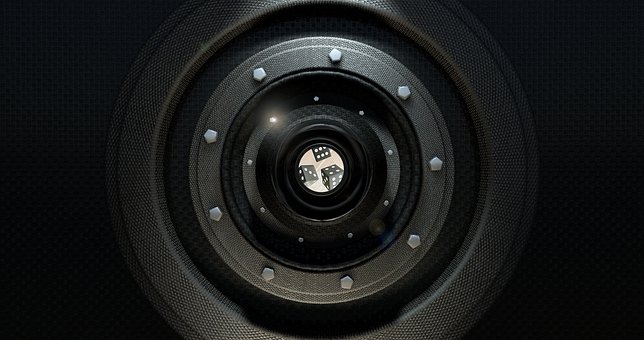
The aperture can also be apparently adjusted as such that it gives rise to a defined depth of field that shows or hides the details present in a picture. Hence by controlling the aperture in an excellent way, we could control the effects on a required picture- these effects become a deciding factor in the way the end picture comes out.
By selecting the correct depth of field and light exposure, we could lend a sinister or happy effect to a required photograph. The rules for adjusting the aperture vary based on the type of picture being taken.
Accordingly, if we are clicking a picture in landscape mode, they need to take care of the aperture rules that are made to accompany landscape photography pictures. And in the case of portrait photography, we could choose how much of the details are to be shown.

